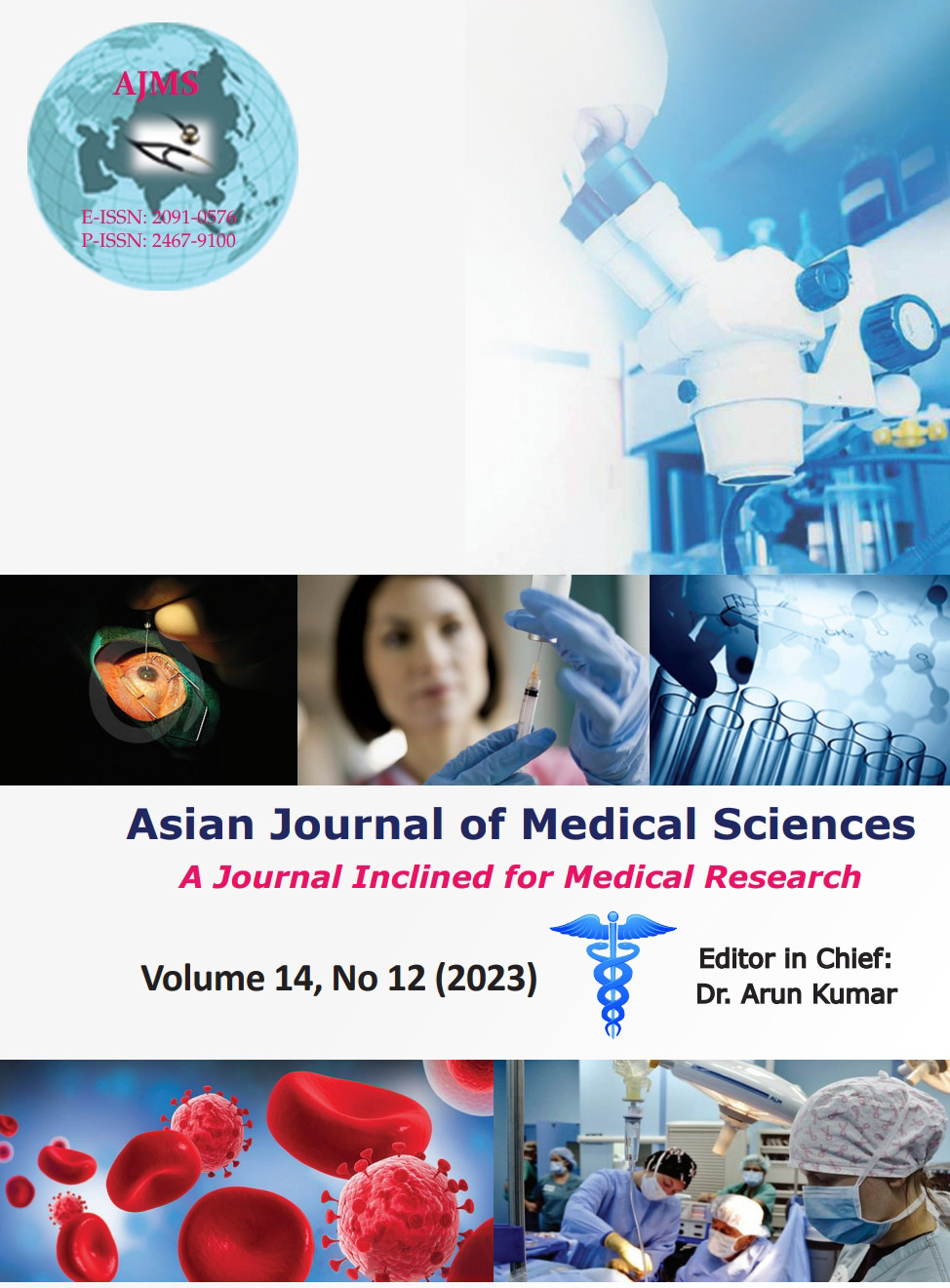Comparative study of the diagnostic power of full outline of unresponsiveness score and Glasgow coma scale in patients with traumatic brain injury in an emergency department
Keywords:
Traumatic brain injury; Glasgow coma scale; FOUR scoreAbstract
Background: The Glasgow coma scale (GCS) is the most commonly used scale, and the full outline of unresponsiveness (FOUR) score is new validated coma scale as an alternative to GCS to measure the level of consciousness and evaluate the severity of the injury in traumatic brain injury (TBI) patients.
Aims and Objectives: The present study compared the performance of FOUR scores and GCS in outcome predictions of TBI cases.
Materials and Methods: This prospective and cross-sectional study was conducted over a year by the Emergency Department of a tertiary care hospital, Kovai Medical Center and Hospital, Coimbatore, India. Of 159, 123 patients were recruited from intensive care unit (ICU), and 36 from the ward were included in this study. Data were collected using an observation checklist to determine the similarities and differences in predicting outcomes using the two assessment scales (GCS and FOUR).
Results: Most patients were 51–60 years (38%), with a mean age of 41.57. About 82% were male, 18% were female, and 31% had comorbidity of hypertension. Data analysis showed a significant statistical difference in mean FOUR and GCS scores between ICU and ward admission. A multivariate logistic regression study revealed that the probability of ICU admission in trauma patients from the emergency department was associated with a decline in GCS and FOUR scores. The range of predicted ICU admission was similar in both GCS and FOUR score models.
Conclusion: Although both scores are good predictors of TBI patients, we concluded that the FOUR score is a recommended predictive model for patients admitted to the medical ICU.
Downloads
Downloads
Published
How to Cite
Issue
Section
License
Copyright (c) 2023 Asian Journal of Medical Sciences

This work is licensed under a Creative Commons Attribution-NonCommercial 4.0 International License.
Authors who publish with this journal agree to the following terms:
- The journal holds copyright and publishes the work under a Creative Commons CC-BY-NC license that permits use, distribution and reprduction in any medium, provided the original work is properly cited and is not used for commercial purposes. The journal should be recognised as the original publisher of this work.
- Authors are able to enter into separate, additional contractual arrangements for the non-exclusive distribution of the journal's published version of the work (e.g., post it to an institutional repository or publish it in a book), with an acknowledgement of its initial publication in this journal.
- Authors are permitted and encouraged to post their work online (e.g., in institutional repositories or on their website) prior to and during the submission process, as it can lead to productive exchanges, as well as earlier and greater citation of published work (See The Effect of Open Access).




